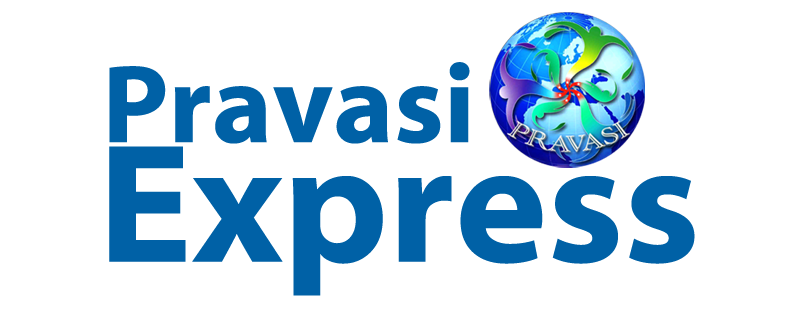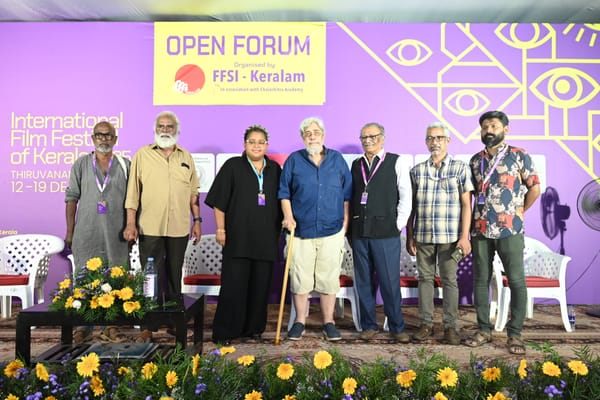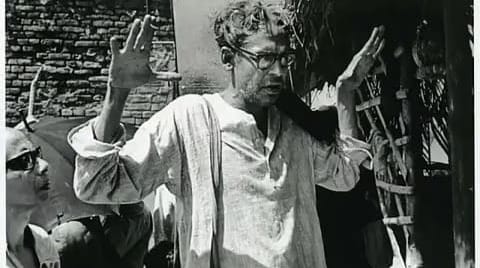Vesak Day- Buddha Jayanthi Celebrations At Ramakrishna Mission

On Vesak day, the Ramakrishna Mission will celebrate this joyous occasion with prayers, bhajans and a holy feast of Indian vegetarian cuisine for all as prasad.
Come and join us. It is a delightful occasion as the Buddha is a amazing figure who has influenced not only the east but the west of the world. The spirit of the Buddha lives on and we too commemorate this great occasion with utmost veneration to the great Lord Buddha. The programme includes bhajans singing, arati and a speech on the “The Most Compassionate” by Swami Vimokshananda, President of the Ramakrishna Mission at 7 30 pm on 10th May 2017. The venue is the Ramakrishna temple.
Vesākha (Pali; Sanskrit: Vaiśākha),also known as Buddha Purnima and Buddha Day, is a holiday observed traditionally by Buddhists on different days in India, SriLanka, China, Japan, South Korea , Taiwan, Nepal, Tibet,Bangladesh, Bhutan, Indonesia, Singapore, Vietnam, Thailand, Cambodia, Laos, Malaysia and Myanmar and in other places all over the world. Sometimes informally called "Buddha's Birthday", it commemorates the birth, enlightenment (Buddhahood), and death (Parinirvāna) of Gautama Buddha in the Theravada or southern tradition. The decision to agree to celebrate Vesākha as the Buddha’s birthday was formalized at the first conference of the World Fellowship of Buddhists held in Sri Lanka in 1950. On Vesākha Day, Buddhists all over the world commemorate events of significance to Buddhists of all traditions: The birth, enlightenment and the passing away of Gautama Buddha. As Buddhism spread from India it was assimilated into many foreign cultures, and consequently Vesākha is celebrated in many different ways all over the world. In India, Vaishakh Purnima day is also known as Buddha Jayanti day and has been traditionally accepted as Buddha's birth day.
Buddhism is a religion practiced by an estimated 488 million in the world, 495 million, or 535 million]people as of the 2010s, representing 9% to 10% of the world's total population.
China is the country with the largest population of Buddhists, approximately 244 million or 18.2% of its total population.[1] They are mostly followers of Chinese schools of Mahayana, making this the largest body of Buddhist traditions. Mahayana, also practiced in broader East Asia, is followed by over half of world Buddhists.
The second largest body of Buddhist schools is Theravada, mostly followed in Southeast Asia. The third and smallest body of schools, Vajrayana, is followed mostly in Tibet, the Himalayan region, Mongolia and parts of Russia,[1] but has been disseminated throughout the world.
According to a demographic analysis reported by Peter Harvey (2013):
- Eastern Buddhism (Mahayana) has 360 million adherents;
- Southern Buddhism (Theravada) has 150 million adherents; and
- Northern Buddhism (Vajrayana) has 18.2 million adherents.
- Seven million additional Buddhists are found outside Asia.
On Vesākha day, devout Buddhists and followers alike are expected and requested to assemble in their various temples before dawn for the ceremonial, and honorable, hoisting of the Buddhist flag and the singing of hymns in praise of the holy triple gem: The Buddha, The Dharma (his teachings), and The Sangha (his disciples). Devotees may bring simple offerings of flowers, candles and joss-sticks to lay at the feet of their teacher. These symbolic offerings are to remind followers that just as the beautiful flowers would wither away after a short while and the candles and joss-sticks would soon burn out, so too is life subject to decay and destruction. Devotees are enjoined to make a special effort to refrain from killing of any kind. They are encouraged to partake of vegetarian food for the day. In some countries, notably Sri Lanka, two days are set aside for the celebration of Vesākha and all liquor shops and slaughter houses are closed by government decree during the two days.
Also birds, insects and animals are released by the thousands in what is known as a 'symbolic act of liberation'; of giving freedom to those who are in captivity, imprisoned, or tortured against their will. (This practice, however, is banned in some countries such as Singapore, as it is believed that the released animals are unable to survive long-term, and may adversely impact the local ecosystem if they do. In Singapore, Vesak Day was made a public holiday only in 1955 after many public petitions. In the early decades of the 20th century, Vesak Day was associated with the Ceylonese community which then celebrated it along with their National Day in a two-day event. After World War II, there was a movement to make Vesak Day a public holiday, with the Singapore Buddhist Association leading the petitions. It was only in June 1955, after David Marshall’s Labour Front government had come to power, that Vesak Day was made a public holiday in Singapore.
Buddhists believe that performing good deeds on Vesak Day multiplies merit many times over. General rites and rituals carried out on Vesak Day include the chanting of mantras; releasing of caged birds and animals; having vegetarian meals; and “bathing” a Buddha statue, a reference to the legend of the child Buddha being showered with the waters of nine dragons soon after birth. These acts of generosity observed by Buddhist temples are also known as Dana.9 Most statues of the Lord Buddha are illuminated on Vesak Day. The celebrations conclude with a candlelight procession through the streets. The Buddhist community in Singapore is made up of various versions, each of them celebrating the occasion in various ways.
The Mahayana (“Greater Way”) constitutes mainly Chinese Singaporeans and form the majority of Buddhists in Singapore.11 Mahayana Buddhism was brought to Singapore in 1884 through individual missionaries from China’s southern province. The focus of Mahayana Buddhism is that nirvana can be attained not only through self-perseverance but also through the help of bodhisattvas or “enlightened ones”. One such bodhisattva highly regarded in Singapore is guanyin, the Goddess of Mercy. Mahayana Buddhist temples in Singapore, such as the Kong Meng San Phor Kark See Monastery on Bright Hill Road, practise the “three-step, one-bow” ritual on Vesak Day. Devotees prostrate themselves at every third step, believing that the ritual will help purify their minds as well as repent. The exhausting two-hour procession actually begins 24 hours earlier where many would reserve a place in the procession with as little as a tissue packet.
Theravada (“Way of the Elders”) Buddhism is mainly practiced by Singapore’s Sri Lankan and Burmese Buddhist communities. The focus of Theravada Buddhism is to seek one’s own path to salvation. The Burmese Buddhist Temple at Geylang and the Sri Lankaramaya Temple at St Michael’s Road perform a ritual of cooking a pot of rice in milk on Vesak Day, reminiscent of the bowl of rice-milk Buddha accepted from a woman before he attained enlightenment.




